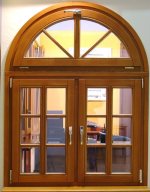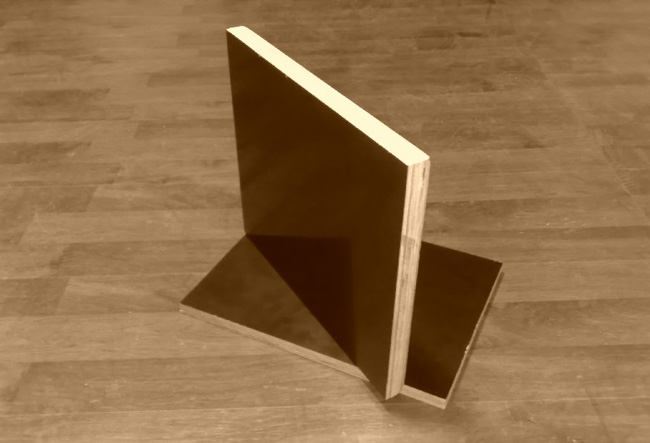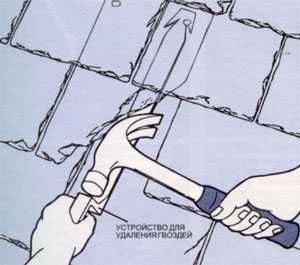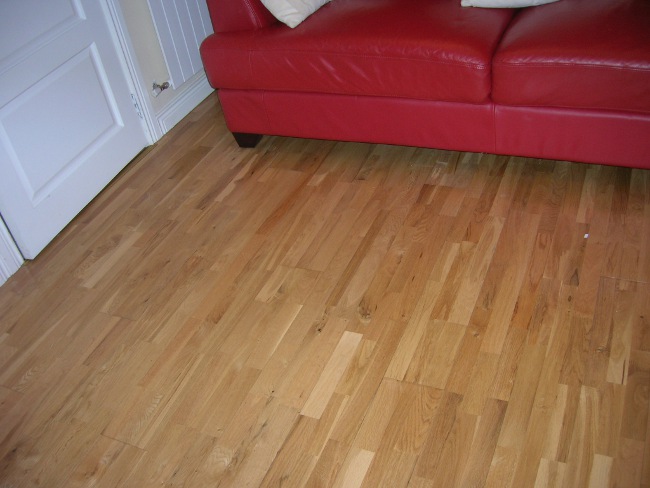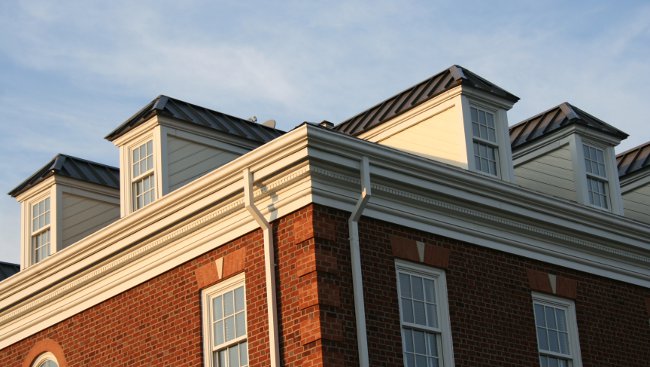Such different nails ...
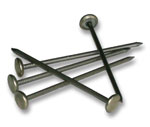
Without such seemingly simple devicesas nails, in modern construction can not do. Depending on the design, the nails provide a reliable connection of wooden, concrete, gypsum board products. How to choose the right nail for a particular type of work?
Nails are usually made of stainlesssteel, copper, brass, even plastic. Can be of different sizes, with a wide, narrow head or without it. To understand where this or that kind of nails is used, our advice will help you.
Anchor (anchor nail)
Anchors are used to fasten mountingplates among themselves. A strong connection is provided by the cone-shaped head of the anchor. Additional strength is also ensured by a transverse notch on the stem of this nail.

Screw nail
Screw nails are used in bendingstructures, for example, for exterior upholstery of buildings, for moorings or floors. The design of the screw nail, which can have a hidden head, makes it possible to increase the strength of the joint 4 times compared with conventional nails.

Common nail (building)
A building nail is a "classic of the genre". This kind of nails is very popular among professionals and amateurs alike. Such nails are rods with a length of 12 to 250 mm with a cap, near which irregularities are visible, to improve the quality of the connection. The hat is relatively small in relation to the length of the nail. Building nails are black, i.e. not galvanized, hot galvanized, electro-galvanized, acid-proof and copper. Not galvanized nails are used for fixing temporary structures, for domestic works it is recommended to use galvanized nails. For difficult places, acid-resistant nails are suitable. Copper nails, as a rule, have a decorative bonnet.

Comb nail
Comb nails are used for internalplating, for the decoration of slopes of windows, as well as where special strength is required. Strength characteristics of such nails are provided due to the transverse notch on the core of the nail, which allows to increase the strength of the connection up to 5 times.

Nail for drywall
Nails of this type are specially designed forfixing gypsum boards, building board, or fiberboard boards. Such nails have a large bonnet, due to what the structure of gypsum board is not violated during clogging of these nails.
Duchert-nail
Dukert-nails are used for fixing slabs,siding (lining), for facing windows and doors. The hat of these nails is almost invisible, in addition, it has a special groove, which makes it easier to hammer a nail with a doucheboy. Thanks to this design of the cap, the putty on its surface is superimposed more easily.
There are also many other types of nails: for bituminous coverings, for bricks, nails with a double hat. Each of these types of nails is designed taking into account the characteristics of the material for which nails are designed, and also taking into account the desired strength of the joint.

